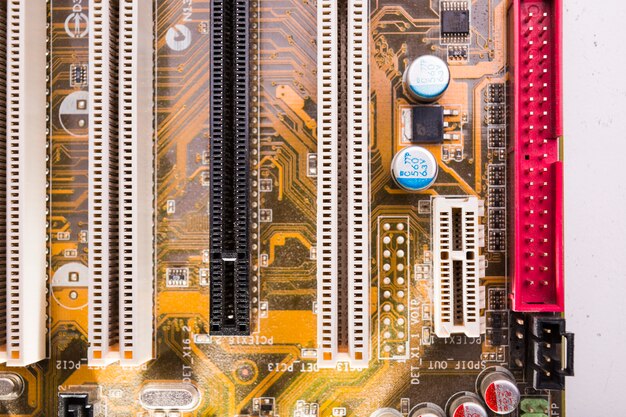The Indian government’s 2025 Union Budget has introduced significant changes to the income tax structure, aiming to boost middle-class spending and stimulate economic growth. As a taxpayer, understanding these changes is crucial to determine which tax regime—new or old—best suits your financial situation.
Understanding the Tax Regimes
India offers two tax regimes: the Old Tax Regime, which includes various exemptions and deductions, and the New Tax Regime, characterized by lower tax rates but minimal exemptions. The choice between these regimes can significantly impact your tax liability.
Key Changes in the 2025 Budget
The 2025 budget has revised income tax slabs under the new tax regime:
Income up to ₹12 lakh: No tax.
Income from ₹12 lakh to ₹12.75 lakh: Standard deduction of ₹75,000, resulting in no tax.
Income from ₹12.75 lakh to ₹16 lakh: 15% tax.
Income from ₹16 lakh to ₹20 lakh: 20% tax.
Income from ₹20 lakh to ₹24 lakh: 25% tax.
Income above ₹24 lakh: 30% tax.
In contrast, the old tax regime maintains higher tax rates but allows for various exemptions and deductions, such as those for housing loans, insurance premiums, and investments in specified instruments.
Comparative Analysis: Which Regime Benefits You?
To determine which regime offers greater savings, consider the following scenarios:
Income up to ₹12.75 lakh:
New Regime: No tax due to the standard deduction.
Old Regime: Tax liability exists, even after accounting for deductions.
Conclusion: The new regime is more beneficial.
Income between ₹12.75 lakh and ₹20 lakh:
New Regime: Tax rates of 15% to 20% apply.
Old Regime: Potential to reduce taxable income significantly through deductions.
Conclusion: If your total deductions exceed the tax savings in the new regime, the old regime may be advantageous.
Income above ₹20 lakh:
New Regime: Higher tax rates apply.
Old Regime: Substantial deductions can lower taxable income.
Conclusion: The old regime could offer better savings if you have significant deductions.
Factors to Consider
Eligibility for Deductions: If you regularly invest in tax-saving instruments, pay substantial insurance premiums, or have a home loan, the old regime’s deductions might outweigh the benefits of the new regime’s lower rates.
Financial Simplicity: For those who prefer a straightforward tax calculation without the need to track multiple investments and expenses, the new regime offers simplicity.
Future Financial Planning: Consider your long-term financial goals. The old regime encourages savings and investments through its deductions, which can be beneficial for future financial security.
Conclusion
Choosing between the new and old tax regimes in 2025 depends on your individual financial circumstances. It’s essential to evaluate your income, eligible deductions, and financial goals. Consulting with a tax professional can provide personalized insights to help you make an informed decision.
Frequently Asked Questions
Q1: Can I switch between the new and old tax regimes annually?
Yes, salaried individuals without business income can choose their preferred tax regime each financial year. However, individuals with business income have more restrictive options and should consult a tax advisor.
Q2: Are there any deductions available under the new tax regime?
The new tax regime offers minimal deductions, with the standard deduction being a notable exception. Most other exemptions and deductions available in the old regime are not applicable.
Q3: How do I decide which tax regime is better for me?
Calculate your tax liability under both regimes, considering your income and eligible deductions. This comparison will help you determine which regime offers greater tax savings based on your financial situation.
Also Read:Robert F. Kennedy Jr.’s Senate Hearing: Key Statements and Their Implications

 Uncategorized2 months ago
Uncategorized2 months ago
 Uncategorized6 months ago
Uncategorized6 months ago
 Uncategorized3 months ago
Uncategorized3 months ago
 Uncategorized4 weeks ago
Uncategorized4 weeks ago








